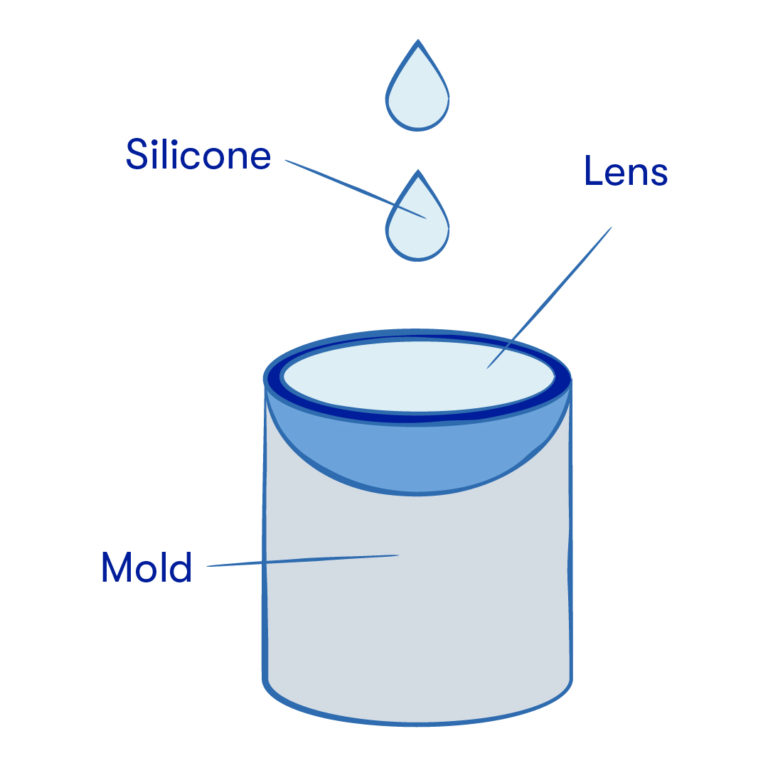How are my contacts made?
Contact lenses are something most people don’t spend a lot of time thinking about (we’re the outlier), but they are a curiosity when you do. Those tiny, clear little disks that provide you with vision every day. Small pieces of plastic that correct an astigmatism you’ve had all your life. Where do they come from and how are they even made? It must be a terribly complicated process.
Actually, it’s pretty simple! While contact lenses have existed in their current form since the 17th century, production of them has come a long way.
Process 1: Lathe Cutting
Using a lathe that rotates at 6,000 revolutions per minute, small pieces of silicone are shaped into the exact dimensions of your eye. This process used to be much more common before the advent of silicone hydrogel, but it is still in use today. Primarily, lathe cut contacts are made for high prescriptions, rigid gas permeable lenses, and certain brands of disposable contacts.
Lathing contacts used to be a very hands-on process with many technicians working in tandem to shape, polish, and refine your lenses. Today, the process is mostly automated with sophisticated computers operating multiple mechanical arms to get your contacts in perfect shape. There’s still a human touch though as they go through multiple rounds of testing to ensure everything is exactly as it should be.
When lathe cutting is used to make disposable lenses, everything is the same up until the final steps. Once the lenses are shaped and polished, they’re put into a hydrating solution to increase their water content. This process can take several hours, but it results in a much more flexible, comfortable lens.
Process 2: Injection Molding
The much more common way to produce contacts is through injection molding. This process again involves the manipulation of silicone, but it is superheated to the point of liquification. This liquid is called silicone hydrogel and is what makes disposable contacts so unique. Once the hydrogel is fluid, it is injected into molds that match each prescription.
After the molds are filled, they move into a cooling chamber to solidify. When the lenses reach rigidity, they’re buffed, polished, and quality checked for any imperfections. Once all of that is complete, they’re slipped into a blister pack of saline solution to soften while being transported to us.
Who knew that tiny little pack of saline did so much for your contacts!
Whether it is a spherical, astigmatism, progressive, bi-focal, multifocal, extended range, or RGP contact lens you can guarantee they were made using either of these methods. Not only have contacts evolved in comfort, water content, and diversity but also in manufacturing. Every step of the way, your contacts are taken care of to ensure you receive the most comfortable lens possible.







